Name of the following compounds:
a.  , b.
, b. 
c.  , d.
, d. 
e.  , f.
, f. 
g. 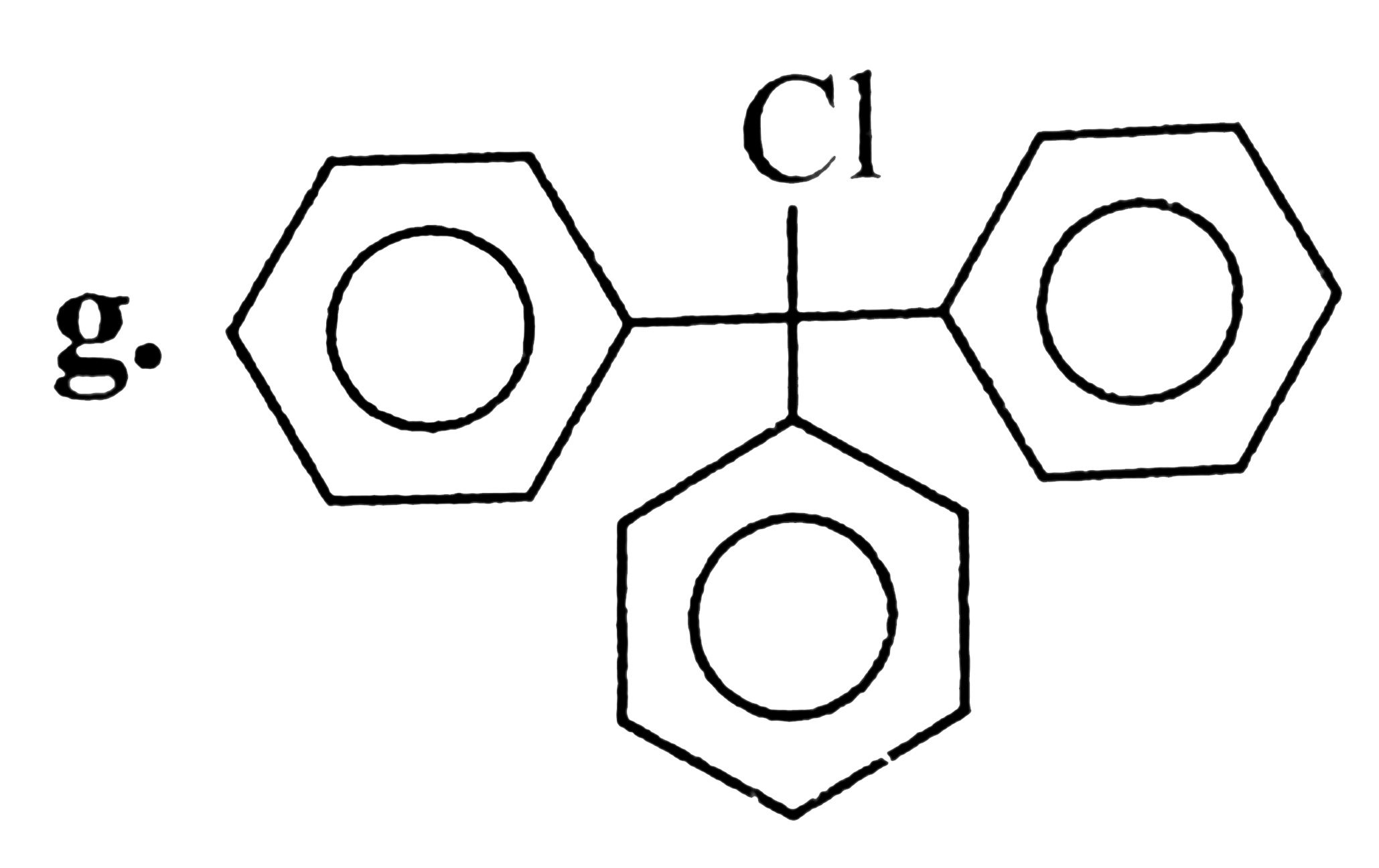 , h.
, h. 
i.  , j.
, j. 
k.  , l.
, l. 
m.  , n.
, n. 
o.  , p.
, p. 
q. 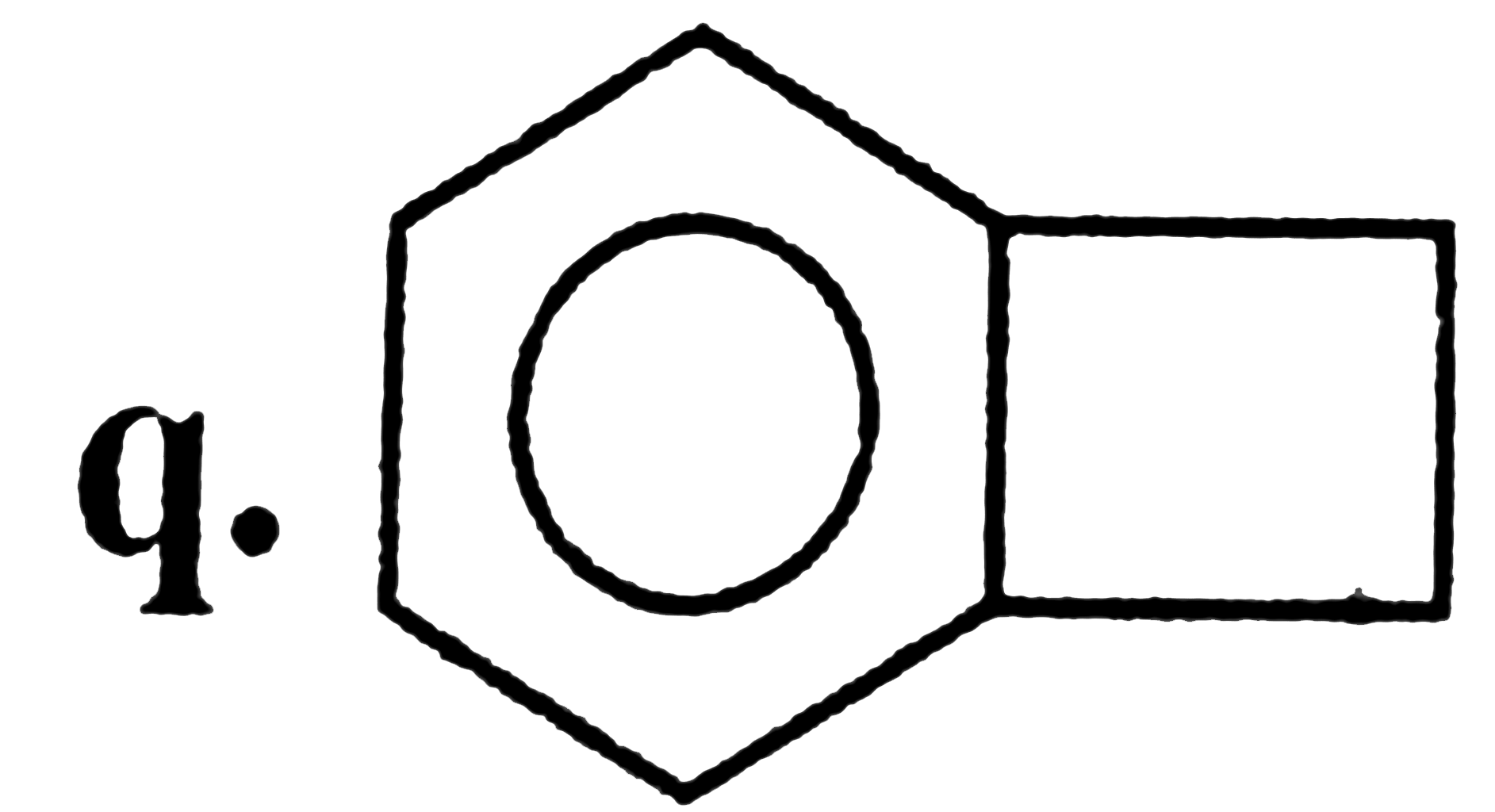 , r.
, r. 
a. Mehthyl benzene or Toluene
b. Ethenyl benzene or Vinyl benzene or Styrene
c. 2,4− Dinitrophenol
d. 3. Bromoanline or m− Bromaniline
e. Benzotrifluoride or Trifluorometyl benzene
f. Biphenyl
g. Trityl chloride or Triphenyl methylchloride or 1-Chloro−1,1,1− Tripehnyl methane
h. 
i. 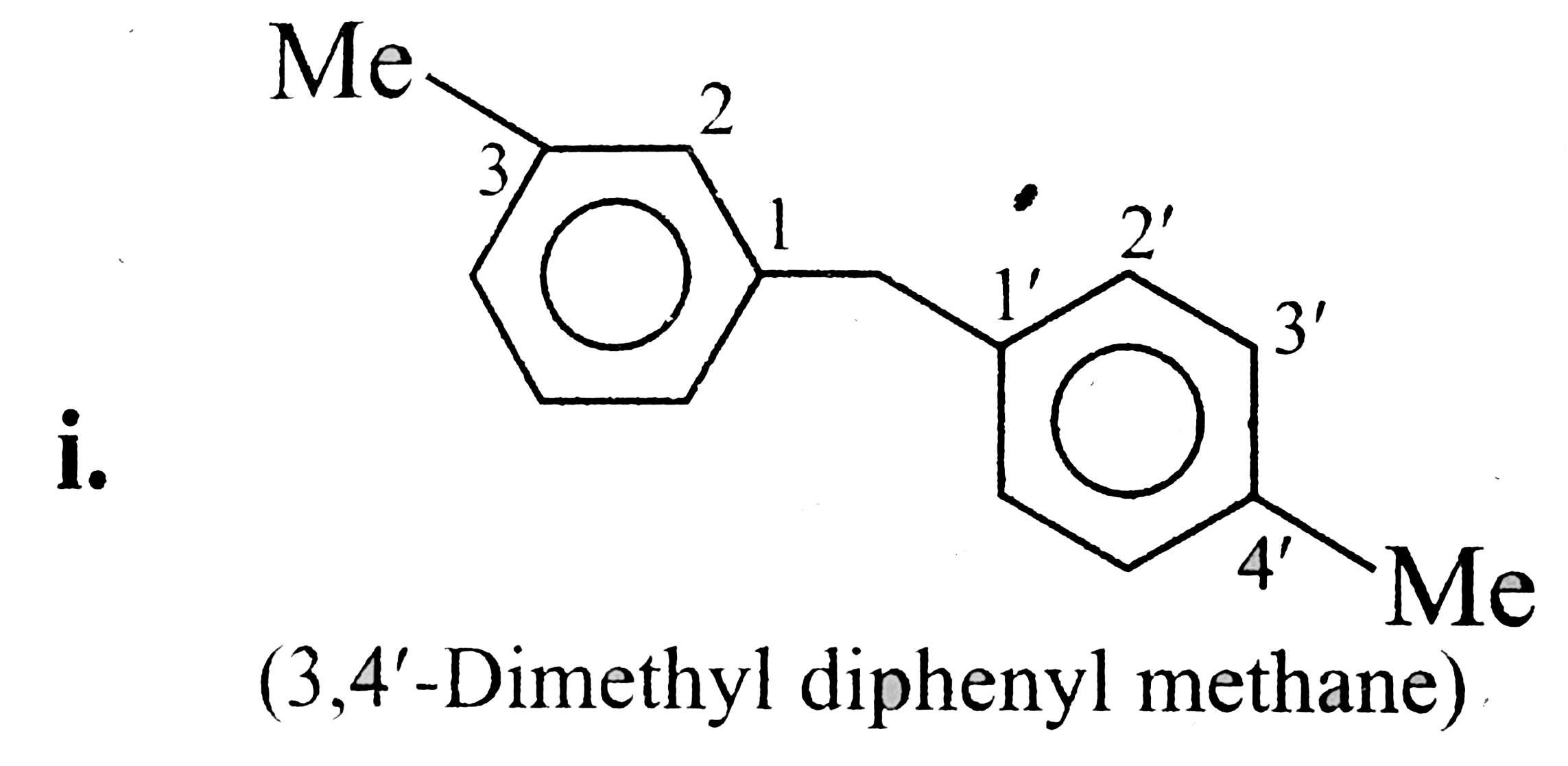
j. 2,4− Dinitrobenzyl chloride or 1− Chloromethyl 1−2,4− dinitro benzene
k. 1-Bromo −2− (2 chloropropy 1) benzene or 2− Bromo-1(-2-cholor∝yl)benze≠,sincethepositionof(br)isuncerta∈.<br>m.<imga≤ocr_imageload∈g=lazysrc=https://d10lpgp6xz60nq.cloudfront.net/physics_images/KSV_CHM_ORG_P2_C11_S01_004_S03.pngwh=80%mx-autosty≤=background:white;><br>n.<imga≤ocr_imageload∈g=lazysrc=https://d10lpgp6xz60nq.cloudfront.net/physics_images/KSV_CHM_ORG_P2_C11_S01_004_S04.pngwh=80%mx-autosty≤=background:white;><br>⊙Afusedbenzer∈gisusal–y∈dicatedbytheprefixbenzo,withoutwrit∈gorthobefore.benzo,orh→isunders→odbecuasefusioncanourwiththesetwoposi→ns.<br><imga≤ocr_imageload∈g=lazysrc=https://d10lpgp6xz60nq.cloudfront.net/physics_images/KSV_CHM_ORG_P2_C11_S01_004_S05.pngwh=80%mx-autosty≤=background:white;>,Benzocylothexe≠(∵C = C)bondiscommon∈cyclopentaner∈gs)irTertral∈or1,2,3,4,−Tetrahydronaphta≤≠.<br>p.(##KSVCHMORGP2C11S01004_S06.png width=80%>(Dibenzoncylopentadience).<br>becuase(C=C) bond is common in cyclopentane ring from both sides of benzene ring) of Fluorene.
q.  , r.
, r. 
Topper's Solved these Questions
- AROMATIC COMPOUNDS AND ALKYL AND ARYL HALIDES BOOK - CENGAGE CHEMISTRY ENGLISHCHAPTER - AROMATIC COMPOUNDS AND ALKYL AND ARYL HALIDES EXERCISE - Solved Examples
21 Videos
- AROMATIC COMPOUNDS AND ALKYL AND ARYL HALIDES BOOK - CENGAGE CHEMISTRY ENGLISHCHAPTER - AROMATIC COMPOUNDS AND ALKYL AND ARYL HALIDES EXERCISE - Solved Problems
37 Videos
- APPENDIX INORGANIC VOLUME 2BOOK - CENGAGE CHEMISTRY ENGLISHCHAPTER - APPENDIX INORGANIC VOLUME 2EXERCISE - Short Answer Type
179 Videos
- BIOMOLECULESBOOK - CENGAGE CHEMISTRY ENGLISHCHAPTER - BIOMOLECULESEXERCISE - Exercises Archives (Analytical And Descriptive)
8 Videos
Similar Questions
Which of the following show G.I.?
a.
b.
c.
d.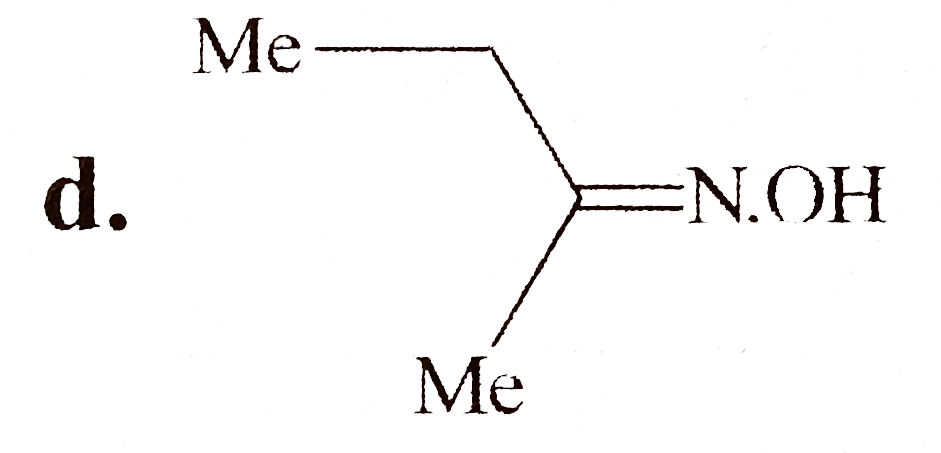
e.
f.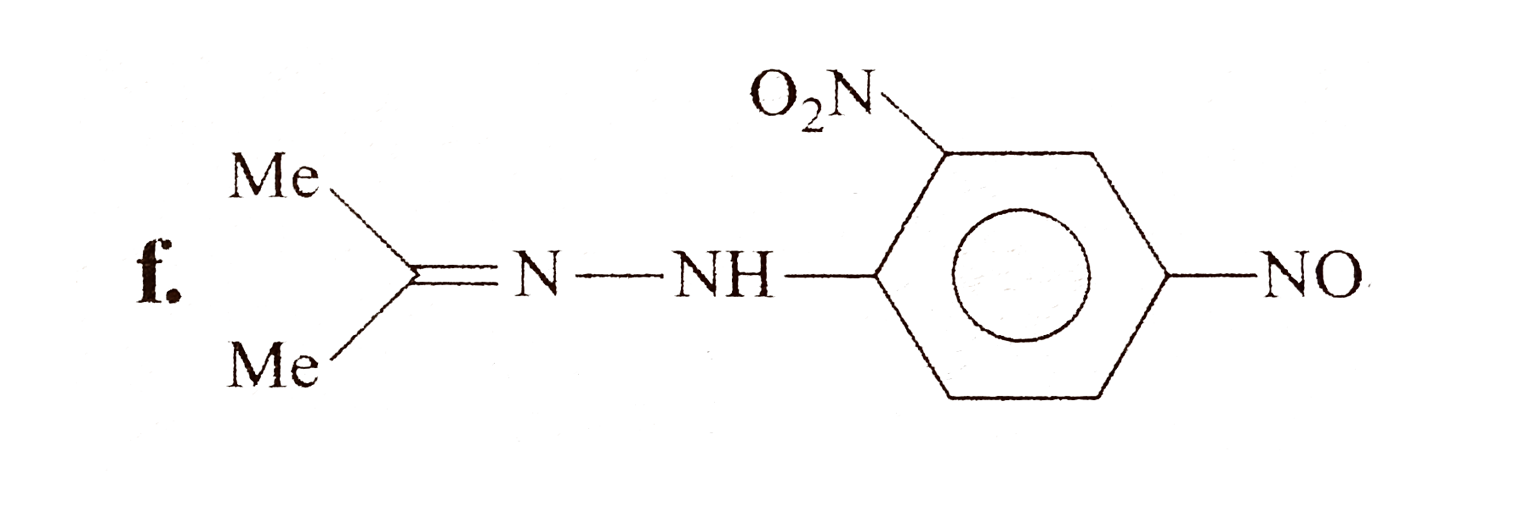
g.
h.
i.
j.
k.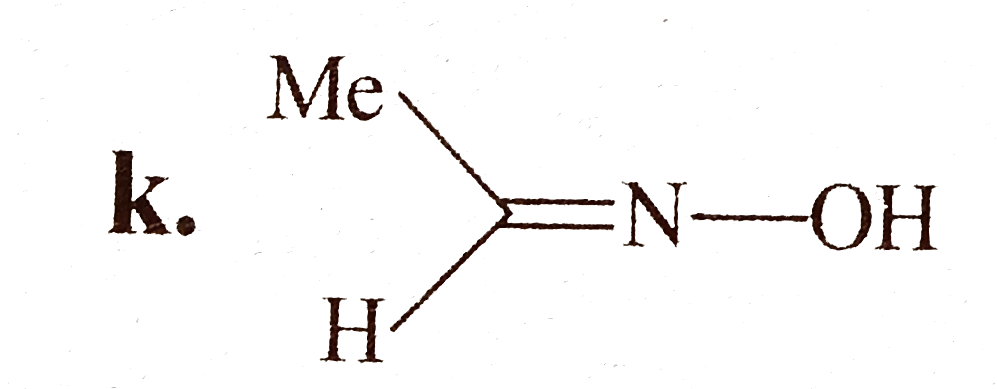
l.
View SolutionName the following reactants also give names of reactions involved.
a.
b.
c.
d.
e.
f.
g.
h.
i.
j.
k.
View SolutionThe sum of an angle and half of its complementary angle is 750. The measure of the angle is (a) (b)(c)(d)(e)40(f)0(g)(h)(i) (j) (b) (k)(l)(m)(n)50(o)0(p)(q)(r) (s) (c) (d)(e)(f)(g)60(h)0(i)(j)(k) (l) (d) (m)(n)(o)(p)80(q)0(r)(s)(t) (u)
View SolutionThe sum of an angle and half of its complementary angle is 750. The measure of the angle is (a) (b)(c)(d)(e)40(f)0(g)(h)(i) (j) (b) (k)(l)(m)(n)50(o)0(p)(q)(r) (s) (c) (d)(e)(f)(g)60(h)0(i)(j)(k) (l) (d) (m)(n)(o)(p)80(q)0(r)(s)(t) (u)
View SolutionThe sum of an angle and one third of its supplementary angle is 900. The measure of the angle is (a) (b)(c)(d)(e)135(f)0(g)(h)(i) (j) (b) (k)(l)(m)(n)120(o)0(p)(q)(r) (s) (c) (d)(e)(f)(g)60(h)0(i)(j)(k) (l) (d) (m)(n)(o)(p)45(q)0(r)(s)(t) (u)
View SolutionThe sum of an angle and one third of its supplementary angle is 900. The measure of the angle is (a) (b)(c)(d)(e)135(f)0(g)(h)(i) (j) (b) (k)(l)(m)(n)120(o)0(p)(q)(r) (s) (c) (d)(e)(f)(g)60(h)0(i)(j)(k) (l) (d) (m)(n)(o)(p)45(q)0(r)(s)(t) (u)
View SolutionAn angle is thrice its supplement. The measure of the angle is (a) (b)(c)(d)(e)120(f)0(g)(h)(i) (j) (b) (k)(l)(m)(n)105(o)0(p)(q)(r) (s) (c) (d)(e)(f)(g)135(h)0(i)(j)(k) (l) (d) (m)(n)(o)(p)150(q)0(r)(s)(t) (u)
View SolutionAn angle is thrice its supplement. The measure of the angle is (a) (b)(c)(d)(e)120(f)0(g)(h)(i) (j) (b) (k)(l)(m)(n)105(o)0(p)(q)(r) (s) (c) (d)(e)(f)(g)135(h)0(i)(j)(k) (l) (d) (m)(n)(o)(p)150(q)0(r)(s)(t) (u)
View SolutionTwo complementary angles are in the ratio 2:3. The measure of the larger angle is (a) (b)(c)(d)(e)60(f)0(g)(h)(i) (j) (b) (k)(l)(m)(n)54(o)0(p)(q)(r) (s) (c) (d)(e)(f)(g)66(h)0(i)(j)(k) (l) (d) (m)(n)(o)(p)48(q)0(r)(s)(t) (u)
View SolutionTwo complementary angles are in the ratio 2:3. The measure of the larger angle is (a) (b)(c)(d)(e)60(f)0(g)(h)(i) (j) (b) (k)(l)(m)(n)54(o)0(p)(q)(r) (s) (c) (d)(e)(f)(g)66(h)0(i)(j)(k) (l) (d) (m)(n)(o)(p)48(q)0(r)(s)(t) (u)
View Solution
